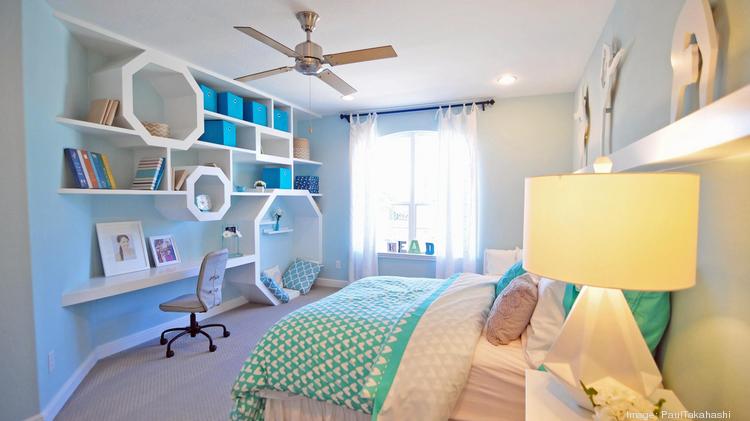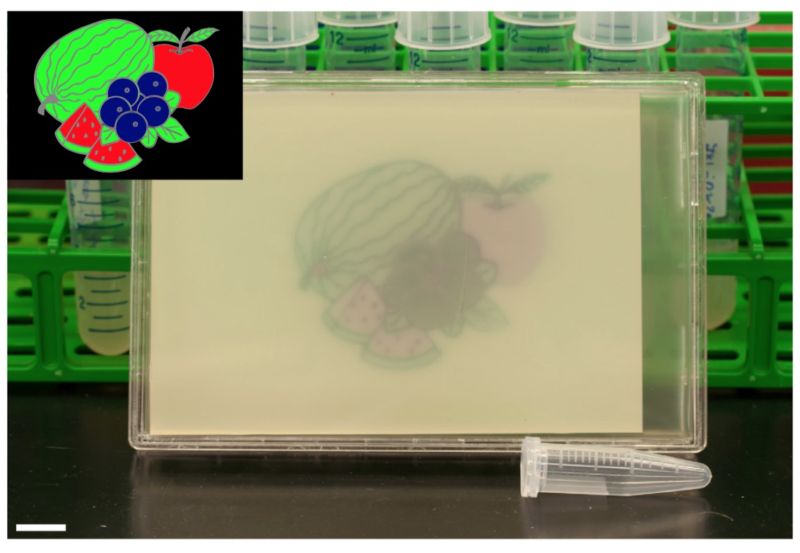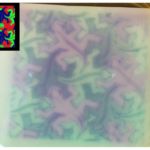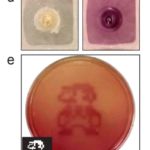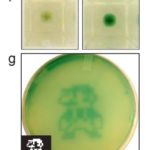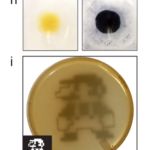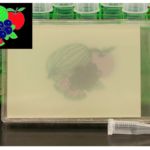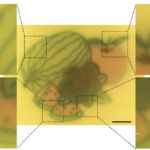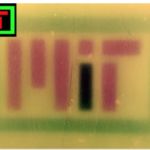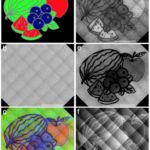Psychology of color: how it can help bring you in the right mood!
“The deepest and truest secrets of colour effect are invisible even to the eye and are beheld by the heart alone”
Johannes Itten
Isn’t colour just the most wonderful thing? Doesn’t a place look that much nicer when you add a bit of colour?
Colour can also really influence your mood. And as such you can use it as a tool to influence it. We tend to pick our clothes each morning for the mood that we are in. If I am feeling particularly happy I will normally choose something colourful to wear. And if I”m feeling a bit down, I will probably want to hide a bit from the world and would go for something black.
But what if you did the complete opposite?
Instead of choosing the color matching the mood that you are in, go for a colour that will enforce the mood that you want to be in.
Now I know that this can be very hard to do, because if you are feeling depressed the last thing you want do is to appear happy. But if you are determined to not let that depresssive mood get the best of you and rule your day, try to do it anyway.
Go for something with yellow instead of the all-black outfit. It is very hard to keep feeling depressed or sad when you are wearing yellow. Just like it is very hard to feel depressed if you stand up straight and hold your head up high.
So let’s have a look at what effect certain colors have on you, so you can pick the right color for the kind of mood you want to be in.
Black
Black is the color of authority and power, stability and strength. It is also the color associated with intelligence (think of the black robe you wear at graduation). It’s a somber color sometimes associated with evil. In the western hemisphere black is associated with grieving. Black is a serious color that evokes strong emotions; it is easy to overwhelm people with too much black.
Wear it to feel powerful or mysterious
White
For most of the world this is the color associated with purity (wedding dresses); cleanliness (doctors in white coats) and neutrality. In some eastern parts of the world, white is associated with mourning. White is associated with creativity (white boards, blank slates).
Wear it for more mental clarity.
Gray
Gray is mostly associated with the practical, timeless, middle-of-the-road, solid things in life. Too much gray leads to feeling mostly nothing; but a bit of gray will add that rock solid feeling. Some shades of gray are associated with old age, death, taxes, depression or a lost sense of direction. Silver is an off-shoot of gray and often associated with giving a helping hand and strong character.
Wear it to feel more solid.
Red
Red is the color of energy. It’s associated with movement and excitement. People surrounded by red find their heart beating a little faster. Red is the symbol of life and, for this reason, it’s the color worn by brides in China. Red is used at holidays that are about love and giving (red roses, Valentines hearts, Christmas, etc.)
Wear red when you want to have lots of energy and confidence.
Pink
Pink is the true color of love . Pink is the most calming of all colors. Think of pink as the color of romance, love, and gentle feelings, to be in the pink is to be soothed.
Wear pink to feel more loving.
Blue
Blue is a a calm and restful color. Seeing the color blue actually causes the body to produce chemicals that are calming. However, some shades (or too much blue) can send a cold and uncaring message. Over the ages blue has become associated with steadfastness, dependability, wisdom and loyalty (think of the many blue uniforms). People tend to be more productive in a blue room because they are calm and focused on the task at hand.
Blue is good to use when you want to calm yourself or be more intuitive.
Green
The color of growth, nature, and money. A calming color also that’s very pleasing to the senses. Dark forest green is associated with terms like conservative, masculine and wealth. Hospitals use light green rooms because they too are found to be calming to patients. It is also the color associated with envy, good luck, generosity and fertility. It is the traditional color of peace, harmony, comfortable nurturing, support and well paced energy.
Use green to feel more relaxed and ease your anxiety. If offers a sense of renewal and harmony.
Yellow
Cheerful yellow is the color of the sun, associated with laughter, happiness and good times. A person surrounded by yellow feels optimistic because the brain actually releases more seratonin (feel good chemical in the brain) when around this color. It is the color associated with optimism. It has the power to speed up our metabolism and bring out some creative thoughts. Some shades of yellow are associated with cowardice; but the more golden shades with the promise of better times.
Wear yellow to feel more optimistic, mentally stimulated and creative.
Orange
The most flamboyant color on the planet! It’s the color most associated with fun times, happy and energetic days, warmth and organic products. It is also associated with ambition. There is nothing even remotely calm associated with this color. Orange is associated with a new dawn in attitude.
Use orange to stimulate activity and socialization.
Purple
Purple is royalty. A mysterious color, purple is associated with both nobility and spirituality. It stimulates the brain activity used in problem solving. However, when overused it is associated with putting on airs and being artificial. Use purple most carefully to lend an air of mystery, wisdom, and respect.
Wear it to feel spiritual, calm and creative
Brown
This color is most associated with reliability, stability, and friendship. It’s the color of the earth itself. It is also associated with things being natural or organic. In India, however, it is the color of mourning.
Use it when you want to feel wholesome and stable.
Think of colour as another tool you can use to influence how you feel. When used effectively it can really brighten up your day.
“Colour is a means of exerting a direct influence on the soul. Colour is a keyboard, the eyes, the hammers and the soul is the piano with many strings. The artist is the hand which plays, touching one key or another purposively to cause vibrations in the soul.”Wassily Kandinsky
